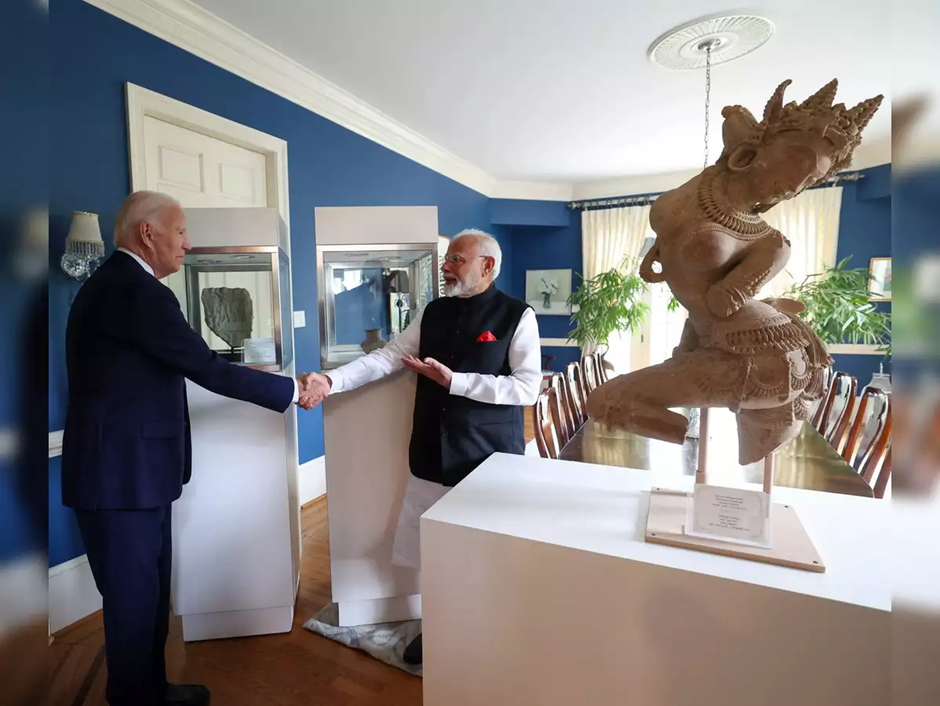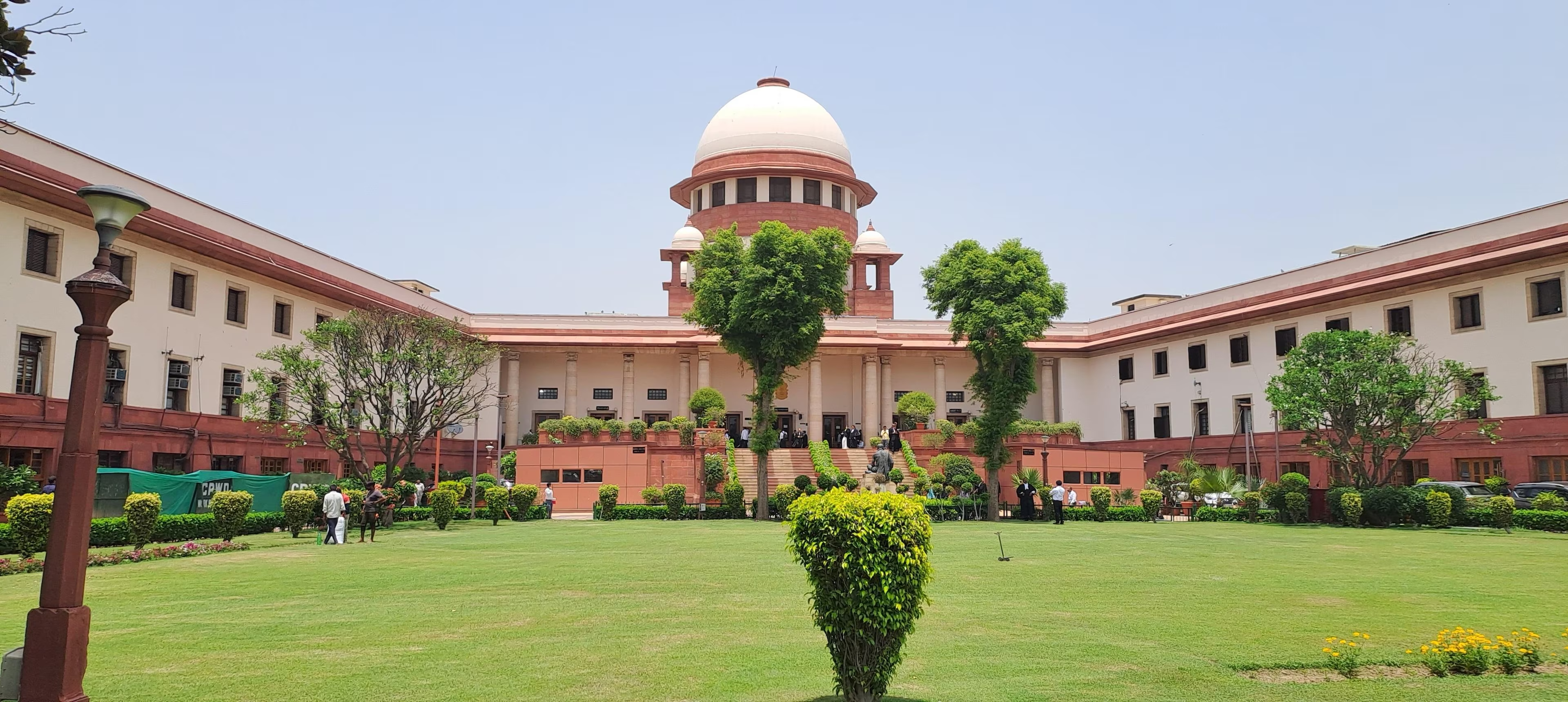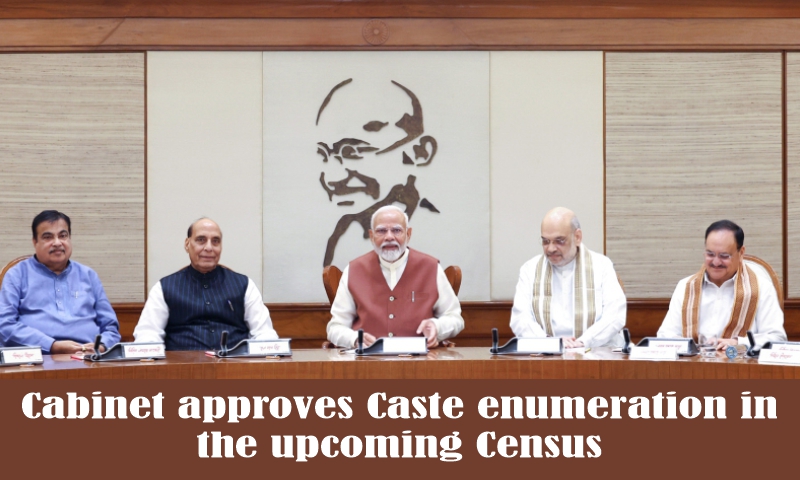- Courses
- GS Full Course 1 Year
- GS Full Course 2 Year
- GS Full Course 3 Year
- GS Full Course Till Selection
- CSAT
- 5 LAYERED ARJUNA Mentorship
- Public Administration Optional
- Online Program
- GS Recorded Course
- NCERT (Recorded 500+ Hours)
- Polity Recorded Course
- Geography Recorded Course
- Economy Recorded Course
- AMAC Recorded Course
- Modern India, Post Independence & World History
- Environment Recoded Course
- Governance Recoded Course
- Science & Tech. Recoded Course
- International Relations and Internal Security Recorded Course
- Disaster Management Module Course
- Ethics Recoded Course
- Essay Recoded Course
- Current Affairs Recoded Course
- ABOUT US
- OUR TOPPERS
- TEST SERIES
- FREE STUDY MATERIAL
- VIDEOS
- CONTACT US
United States of America Returns 297 Antiquities to India
United States of America Returns 297 Antiquities to India
23-09-2024

The United States has returned 297 antiquities to India, fulfilling a commitment made by President Biden and Prime Minister Modi to enhance cooperation in protecting cultural heritage.
Key Highlights of the Antiquities Return:
Bilateral Cooperation:
- Cultural Property Agreement: Signed in July 2024 between the U.S. State Department’s Bureau of Educational and Cultural Affairs and the Archaeological Survey of India under the Ministry of Culture, Government of India.
- Commitment: Fulfills the commitments made by President Biden and Prime Minister Modi as reflected in the Joint Statement issued after their meeting in June 2023.
Repatriation of Antiquities:
- Number of Antiquities: 297 antiquities that had been stolen or trafficked from India will be repatriated.
- Occasion: The return was facilitated during the visit of Prime Minister Narendra Modi to the United States.
- Symbolic Handing Over: A select few pieces were showcased to Prime Minister Modi and President Biden on the sidelines of their bilateral meeting in Wilmington, Delaware.
- Significance: Prime Minister Modi thanked President Biden for his support in the return of these artifacts, noting that these objects are integral to India’s historical material culture and consciousness.
Historical and Cultural Significance:
- Time Period: The antiquities span almost 4000 years, from 2000 BCE to 1900 CE.
- Origins: They originate from different parts of India, with the majority being terracotta artifacts from Eastern India. Others include materials like stone, metal, wood, and ivory.
Notable Antiquities:
- Apsara in sandstone (10-11th century CE, Central India).
- Jain Tirthankar in bronze (15-16th century CE, Central India).
- Terracotta vase (3-4th century CE, Eastern India).
- Stone sculpture (1st century BCE-1st century CE, South India).
- Lord Ganesh in bronze (17-18th century CE, South India).
- Standing Lord Buddha in sandstone (15-16th century CE, North India).
- Lord Vishnu in bronze (17-18th century CE, Eastern India).
- Anthropomorphic figure in copper (2000-1800 BCE, North India).
- Lord Krishna in bronze (17-18th century CE, South India).
- Lord Karthikeya in granite (13-14th century CE, South India).
Historical Context of India-U.S. Cultural Exchange:
- Recent Restitutions: The restitution of cultural property has become a vital aspect of India-U.S. cultural understanding.
- Previous Returns: Since 2016, the U.S. Government has facilitated the return of many trafficked or stolen antiquities:
- 2016: 10 antiquities returned during PM Modi’s visit.
- 2021: 157 antiquities returned during PM Modi’s visit.
- 2023: 105 antiquities returned during PM Modi’s visit.
- Total Returns: Since 2016, a total of 578 cultural artifacts have been returned from the U.S. to India, the highest number returned by any country.
Implications of the Antiquities Return for India
Cultural Heritage Protection:
- The return underscores the commitment of both countries to protect and preserve cultural heritage, strengthening bilateral relationships and fostering greater cultural understanding.
International Cooperation:
- The Cultural Property Agreement and the return of antiquities set a precedent for international cooperation in cultural heritage protection, encouraging other countries to engage in similar repatriation efforts.
Strengthening Bilateral Relations:
- The return symbolizes the strong and enduring partnership between India and the United States, highlighting their shared commitment to upholding international law and cultural preservation.
Conclusion
The return of 297 antiquities by the United States to India is a significant milestone in the bilateral relationship between the two countries. It reflects a deep commitment to cultural heritage protection and sets a benchmark for international cooperation in this area. The repatriation enriches India’s cultural heritage and strengthens the bond between India and the United States, fostering greater cultural understanding and exchange.
Must Check: Best IAS Coaching In Delhi
UPSC Prelims Result 2024 Out: Expected Cut Off & Other Details, UPSC Prelims 2024 Answer with Explanation, Daily Prelims Quiz, Daily Current Affairs, MONTHLY CURRENT AFFAIRS TOTAL (CAT) MAGAZINE, Best IAS Coaching Institute in Karol Bagh, Best IAS Coaching Institute in Delhi, Daily Mains Question Answer Practice, ENSURE IAS UPSC Toppers, UPSC Toppers Marksheet, Previous Year Interview Questions, UPSC Syllabus




